Renewable energy infrastructure refers to the systems, facilities, and technologies required to produce, store, distribute, and utilize energy derived from renewable sources. This include solar, wind, hydroelectric, geothermal, and biomass. As the world transitions toward cleaner and more sustainable energy systems, renewable energy infrastructure plays a crucial role in modifying climate change, reducing carbon emissions, and ensuring energy security.
Key Components of Renewable Energy Infrastructure
1. Energy Generation Facilities
- Solar Power Plants: Use photovoltaic (PV) panels or concentrated solar power (CSP) systems to convert sunlight into electricity.
Example: Solar farms in the Mojave Desert, USA. - Wind Farms: Comprises onshore or offshore turbines that harness wind energy to produce electricity.
Example: Hornsea Project in the UK, the largest offshore wind farm. - Hydropower Plants: Utilize dams or run-of-the-river systems to convert water flow into electricity.
Example: Three Gorges Dam, China. - Geothermal Power Plants: Tap into heat from beneath the Earth’s surface for electricity and heating.
Example: The Geysers Geothermal Complex, USA. - Biomass Plants: Convert organic materials like agricultural waste into energy.
Example: Drax Power Station in the UK.
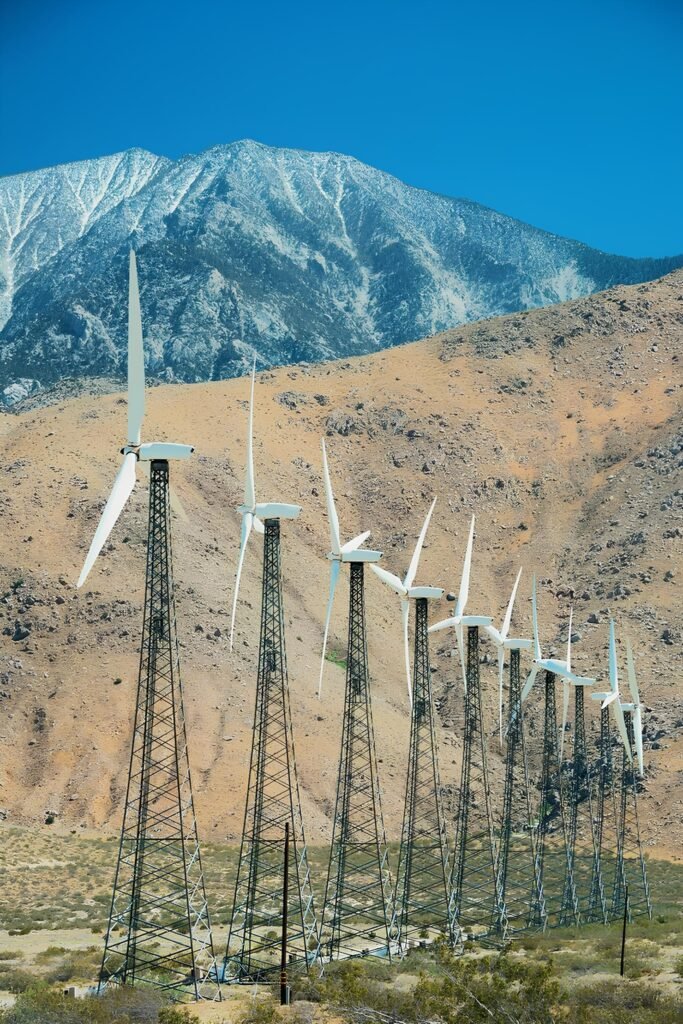
2. Energy Storage Systems
- Essential for balancing energy supply and demand.
- Technologies include lithium-ion batteries, flow batteries, and pumped hydro storage.
Example: Tesla’s Hornsdale Power Reserve in South Australia.

Image Source: [Critical Risk Solution]
3. Grid Infrastructure
- Integration of renewable energy requires modernized grids that can handle fluctuating energy outputs.
- Smart grids use advanced sensors, communication networks, and automated systems to optimize energy distribution.
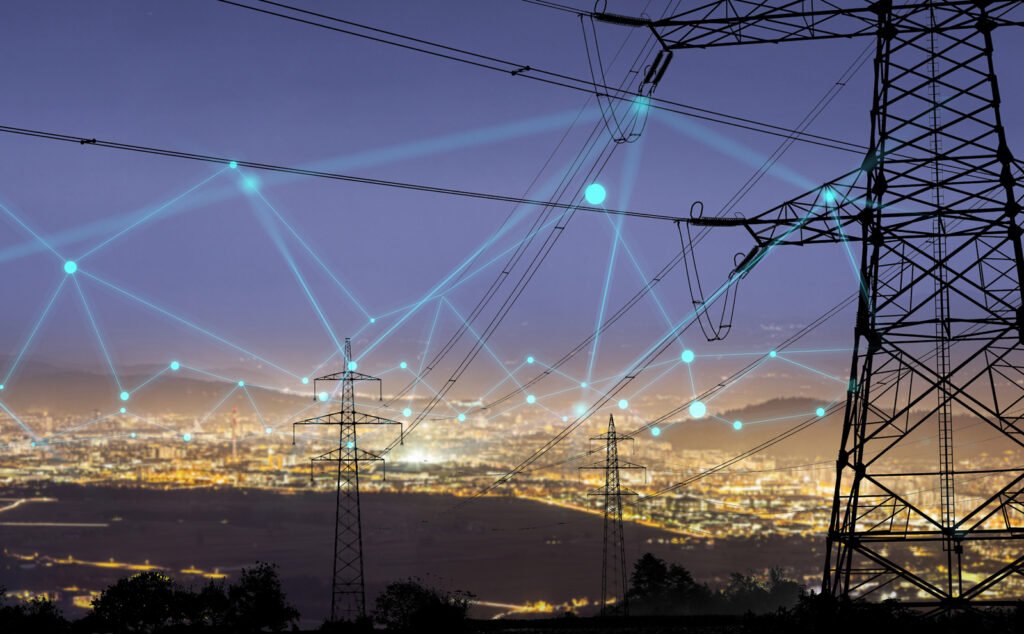
4. Transmission and Distribution
- High-voltage transmission lines transport electricity from generation sites to consumption areas.
- Microgrids and distributed energy systems are increasingly important for localized energy management.
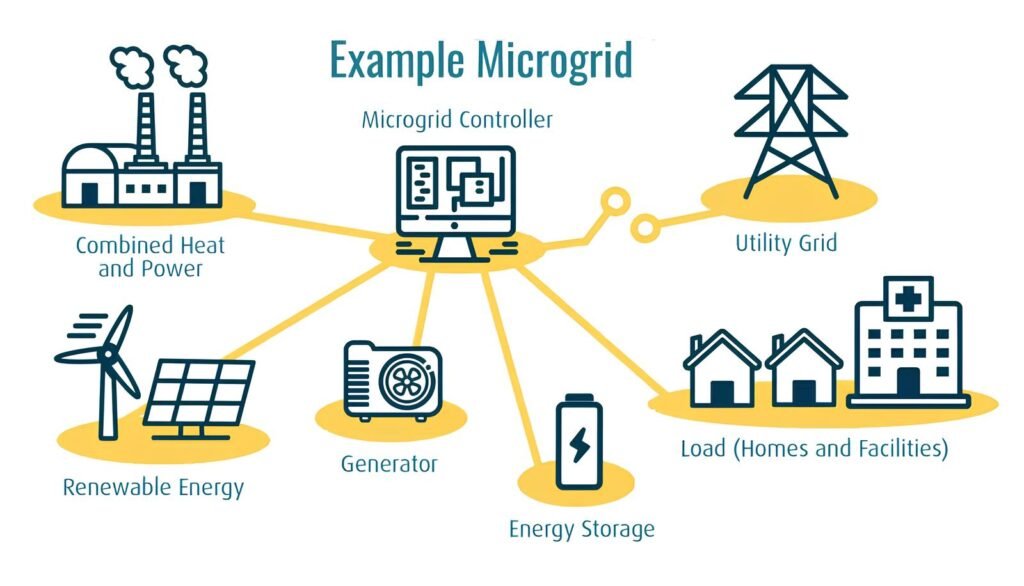
Image Source: [San Miguel Power Association]
5. Supporting Infrastructure
- Charging stations for electric vehicles (EVs).
- Green hydrogen production facilities for renewable fuel.
- Research and development centers focused on improving renewable technologies.
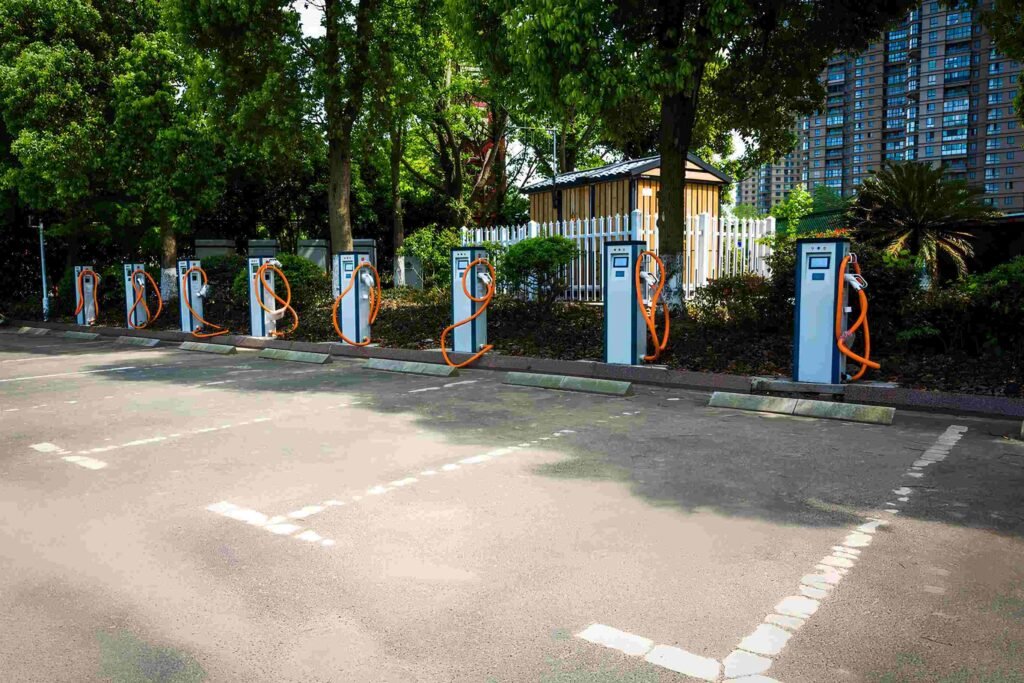
Challenges in Developing Renewable Energy Infrastructure
1. High Initial Costs
- Building renewable facilities often requires a significant upfront investment. However, operational costs are generally low.
2. Intermittency Issues
- Solar and wind energy depend on weather conditions, necessitating robust storage solutions.
3. Land and Resource constraints
- Large-scale projects like wind farms require considerable space, which can lead to land-use conflicts.
4. Grid Integration
- Existing grids are often not equipped to handle variable energy flows from renewables.
5. Policy and Regulation
- Inconsistent policies and regulatory hurdles can slow down the deployment of infrastructure.
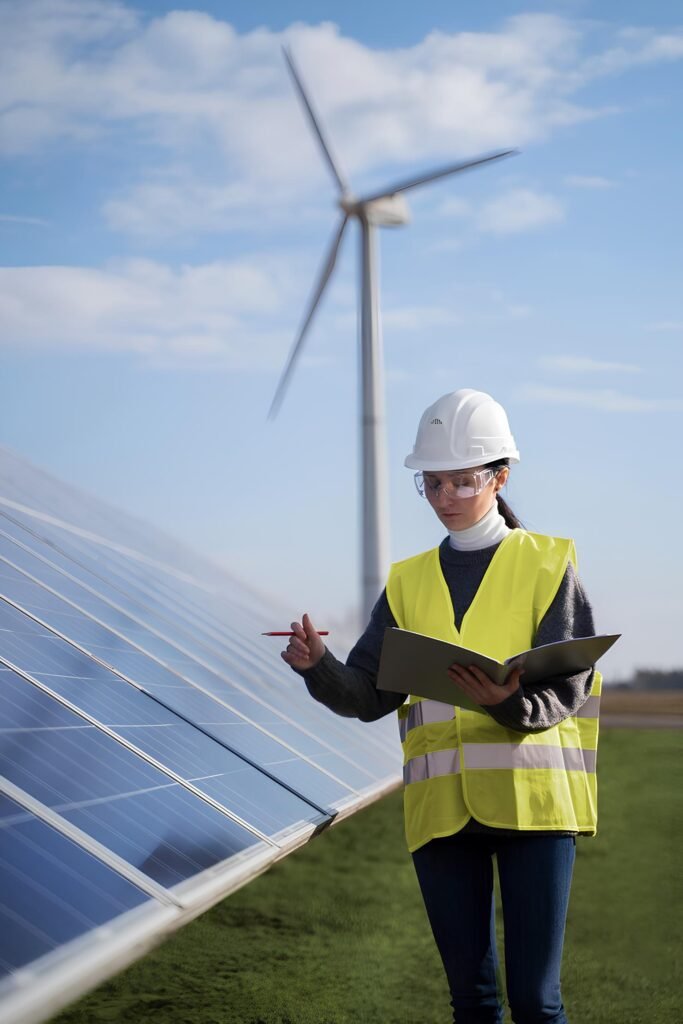
Future Trends in Renewable Energy Infrastructure
1. Decentralized Energy Systems
- Increased use of local microgrids and distributed generation for enhanced reliability.
2. Advanced Energy Storage
- Innovations like solid-state batteries and green hydrogen for long-term storage.
3. Offshore Renewable Projects
- Expansion of offshore wind and wave energy installations.
4. Artificial Intelligence and IoT
- Optimizing energy production, distribution, and consumption through predictive analytics and automation.
5. Hybrid Systems
- Combining multiple renewable sources (e.g., solar and wind) for consistent energy output.
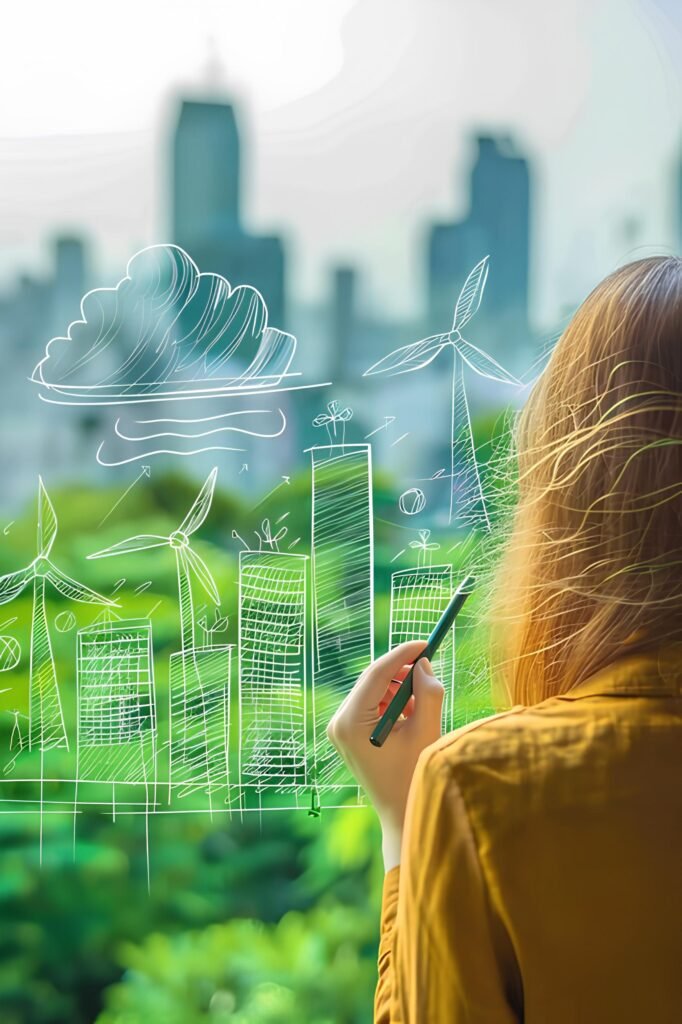
Applications and Benefits Of Renewable Energy Infrastructure
- Climate Change Mitigation: Significant reduction in greenhouse gas emissions.
- Energy Independence: Reducing reliance on imported fossil fuels.
- Economic Growth: Job creation in manufacturing, installation, and maintenance.
- Resilient Energy Supply: Decentralized systems reduce vulnerability to large-scale outages.
Conclusion
Investing in renewable energy infrastructure is crucial for a sustainable future. With continuous technological advancements and supportive policies, the global energy landscape is shifting toward cleaner and more efficient systems. Integrating diverse renewable sources and addressing current challenges will ensure a resilient and equitable energy transition.













One Response